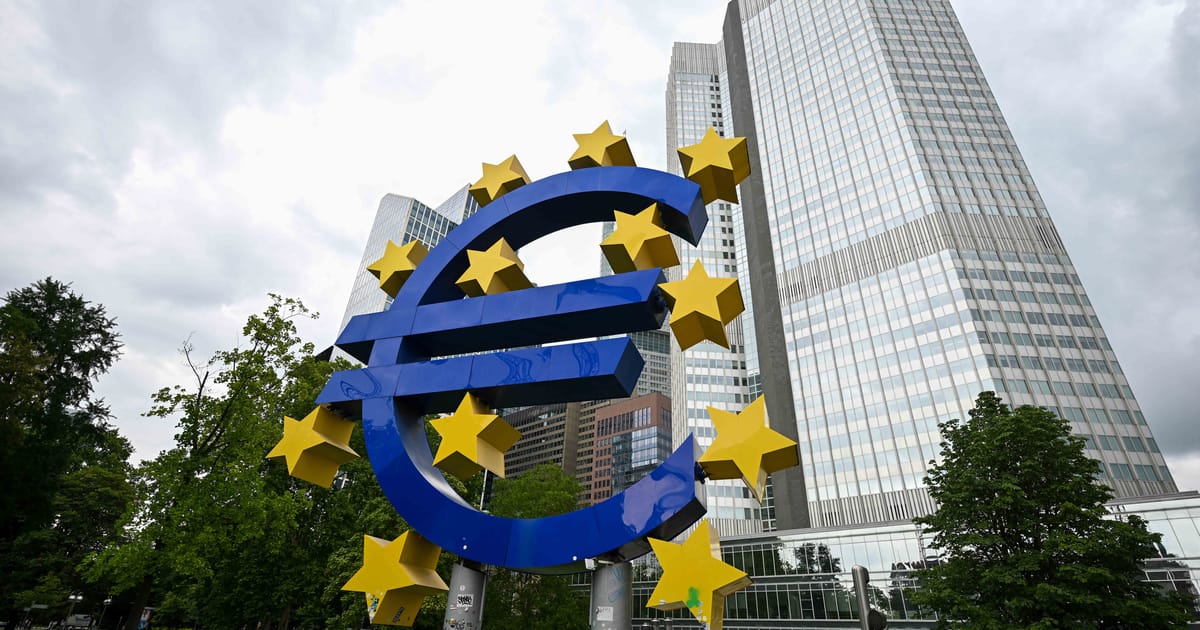The figures follow recent GDP data that showed the eurozone economy doing slightly better than expected, weakening the overall case for more rate cuts.
“[T]here was nothing in the data to suggest that the Bank will resume its easing cycle any time soon,” read an analyst note by Jack Allen-Reynolds, deputy chief eurozone economist for Capital Economics.
The inflation picture varied across the bloc. Prices rose fastest in peripheral countries such as Estonia (5.6 percent), Slovakia, and Croatia (4.5 percent each), while inflation remained below 2 percent in the eurozone’s three largest economies: Germany, France, and Italy.
“Two months in a row of being exactly on target is something that doesn’t happen very often. But while it’s unlikely that the streak will continue much longer as inflation rarely holds steady, the short-term inflation environment does seem quite benign,” wrote ING economist Bert Colijn in a separate note.
In July, ECB President Christine Lagarde indicated that the Bank was inclined to stop lowering its policy rate. This latest reading, combined with recent data that shows the eurozone economy is doing a little bit better than expected, is likely to bolster central bankers on the ECB’s Governing Council who argue for a longer pause in rate cuts.
This story has been updated
